Instruction
Yurgalevicz: Add more depth for draws
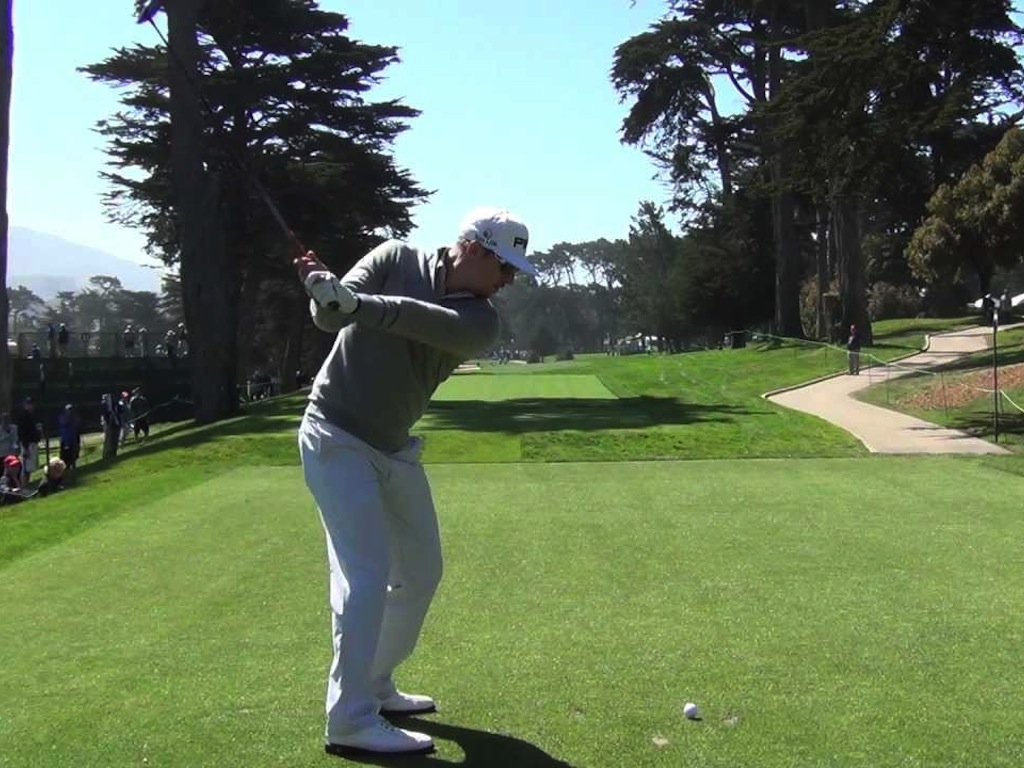
I’ve taught thousands of golfers and given even more lessons, and I can assure you that there is an epidemic among average golfers who:
- Pronate their left forearm and roll their wrists during the takeaway, which moves the clubhead well inside their hands.
- Take the club “straight back and up” on the takeaway.
Don’t get me wrong. There are many ways to swing a golf club — and proof of this is seen every week on the PGA Tour — but I continually see amateur golfers misconstrue the importance of what I call “depth” in their backswings. That’s why I’m going to explain what depth is and how it can help many golfers play better golf and potentially start hitting the elusive draw.
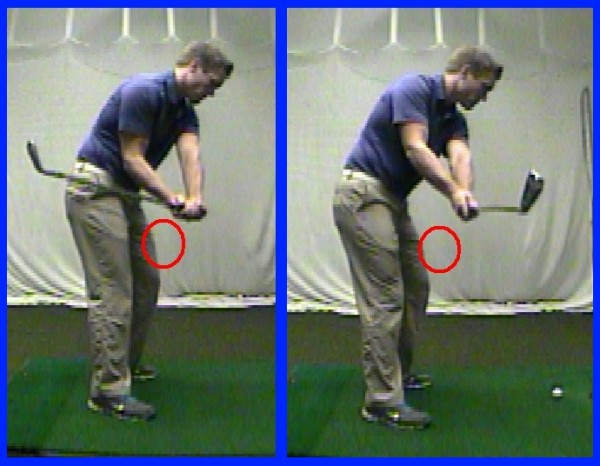
Left: The pronation and rolling of the left forearm and wrist during the backswing that is common in so many golfers. Right: A backswing that is “straight back and up,” which is another common move among average players.
The problem with both positions above is that from the top of the backswing we tend to see an over-the-top move unless there is a dramatic move to reroute the club.
How To Check Your Depth
To create proper depth in the backswing, the hands and arms should be moving in and around the body throughout the backswing, but the clubhead should never be farther in than the hands before the clubhead reaches hip height.
A good way to check to see if you have proper depth is this:
- From a down-the-line view, draw a line up from behind your heels.
- Then take your swing to the top of the backswing.
- If your hands are on the line or to the left of the line (for a right-handed golfer) you most likely have plenty of depth.
- If the hands are high, above the shoulders and to the right of the line, however, you have a depth issue.
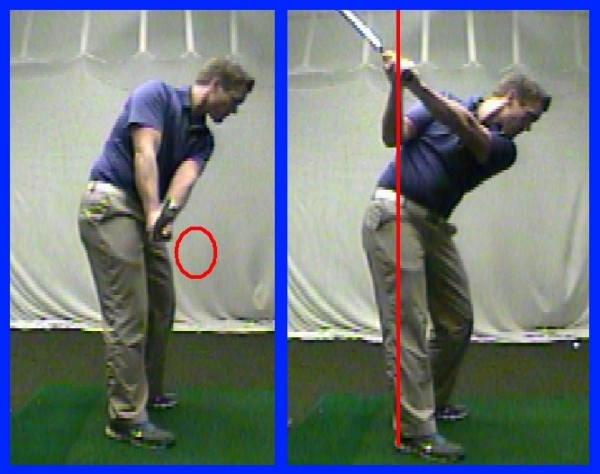
In the takeaway (left), the hands have moved in and around the body and the clubhead is in line with hands. At the top (right), the arms are across the shoulders and there is plenty of depth.
Obviously there are exceptions to the rule, but for most golfers with over-the-top moves this can be a very simple solution to a nagging slicing problem.
- LIKE110
- LEGIT36
- WOW4
- LOL2
- IDHT1
- FLOP11
- OB4
- SHANK38
Instruction
Clement: Laid-off or perfect fade? Across-the-line or perfect draw?

Some call the image on the left laid off, but if you are hitting a fade, this could be a perfect backswing for it! Same for across the line for a draw! Stop racking your brain with perceived mistakes and simply match backswing to shot shape!
- LIKE0
- LEGIT0
- WOW0
- LOL0
- IDHT0
- FLOP0
- OB0
- SHANK1
Instruction
The Wedge Guy: The easiest-to-learn golf basic

My golf learning began with this simple fact – if you don’t have a fundamentally sound hold on the golf club, it is practically impossible for your body to execute a fundamentally sound golf swing. I’m still a big believer that the golf swing is much easier to execute if you begin with the proper hold on the club.
As you might imagine, I come into contact with hundreds of golfers of all skill levels. And it is very rare to see a good player with a bad hold on the golf club. There are some exceptions, for sure, but they are very few and very far between, and they typically have beat so many balls with their poor grip that they’ve found a way to work around it.
The reality of biophysics is that the body moves only in certain ways – and the particulars of the way you hold the golf club can totally prevent a sound swing motion that allows the club to release properly through the impact zone. The wonderful thing is that anyone can learn how to put a fundamentally sound hold on the golf club, and you can practice it anywhere your hands are not otherwise engaged, like watching TV or just sitting and relaxing.
Whether you prefer an overlap, interlock or full-finger (not baseball!) grip on the club, the same fundamentals apply. Here are the major grip faults I see most often, in the order of the frequency:
Mis-aligned hands
By this I mean that the palms of the two hands are not parallel to each other. Too many golfers have a weak left hand and strong right, or vice versa. The easiest way to learn how to hold the club with your palms aligned properly is to grip a plain wooden ruler or yardstick. It forces the hands to align properly and shows you how that feels. If you grip and re-grip a yardstick several times, then grip a club, you’ll see that the learning curve is almost immediate.
The position of the grip in the upper/left hand
I also observe many golfers who have the butt of the grip too far into the heel pad of the upper hand (the left hand for right-handed players). It’s amazing how much easier it is to release the club through the ball if even 1/4-1/2″ of the butt is beyond the left heel pad. Try this yourself to see what I mean. Swing the club freely with just your left hand and notice the difference in its release from when you hold it at the end of the grip, versus gripping down even a half inch.
To help you really understand how this works, go to the range and hit shots with your five-iron gripped down a full inch to make the club the same length as your seven-iron. You will probably see an amazing shot shape difference, and likely not see as much distance loss as you would expect.
Too much lower (right) hand on the club
It seems like almost all golfers of 8-10 handicap or higher have the club too far into the palm of the lower hand, because that feels “good” if you are trying to control the path of the clubhead to the ball. But the golf swing is not an effort to hit at the ball – it is a swing of the club. The proper hold on the club has the grip underneath the pad at the base of the fingers. This will likely feel “weak” to you — like you cannot control the club like that. EXACTLY. You should not be trying to control the club with your lower/master hand.
Gripping too tightly
Nearly all golfers hold the club too tightly, which tenses up the forearms and prevents a proper release of the club through impact. In order for the club to move back and through properly, you must feel that the club is controlled by the last three fingers of the upper hand, and the middle two fingers of the lower hand. If you engage your thumbs and forefingers in “holding” the club, the result will almost always be a grip that is too tight. Try this for yourself. Hold the club in your upper hand only, and squeeze firmly with just the last three fingers, with the forefinger and thumb off the club entirely. You have good control, but your forearms are not tense. Then begin to squeeze down with your thumb and forefinger and observe the tensing of the entire forearm. This is the way we are made, so the key to preventing tenseness in the arms is to hold the club very lightly with the “pinchers” — the thumbs and forefingers.
So, those are what I believe are the four fundamentals of a good grip. Anyone can learn them in their home or office very quickly. There is no easier way to improve your ball striking consistency and add distance than giving more attention to the way you hold the golf club.
More from the Wedge Guy
- The Wedge Guy: Golf mastery begins with your wedge game
- The Wedge Guy: Why golf is 20 times harder than brain surgery
- The Wedge Guy: Musings on the golf ball rollback
- LIKE86
- LEGIT13
- WOW6
- LOL1
- IDHT0
- FLOP4
- OB1
- SHANK8
Instruction
Clement: Stop ripping off your swing with this drill!

Not the dreaded headcover under the armpit drill! As if your body is defective and can’t function by itself! Have you seen how incredible the human machine is with all the incredible feats of agility all kinds of athletes are accomplishing? You think your body is so defective (the good Lord is laughing his head off at you) that it needs a headcover tucked under the armpit so you can swing like T-Rex?
- LIKE0
- LEGIT2
- WOW2
- LOL0
- IDHT0
- FLOP0
- OB0
- SHANK2
-

 19th Hole2 weeks ago
19th Hole2 weeks agoDave Portnoy places monstrous outright bet for the 2024 Masters
-

 19th Hole3 days ago
19th Hole3 days agoJustin Thomas on the equipment choice of Scottie Scheffler that he thinks is ‘weird’
-

 19th Hole2 weeks ago
19th Hole2 weeks agoTiger Woods arrives at 2024 Masters equipped with a putter that may surprise you
-

 19th Hole3 days ago
19th Hole3 days ago‘Absolutely crazy’ – Major champ lays into Patrick Cantlay over his decision on final hole of RBC Heritage
-

 19th Hole2 weeks ago
19th Hole2 weeks agoTwo star names reportedly blanked Jon Rahm all week at the Masters
-

 19th Hole1 week ago
19th Hole1 week agoReport: LIV Golf identifies latest star name they hope to sign to breakaway tour
-

 19th Hole1 week ago
19th Hole1 week agoNeal Shipley presser ends in awkward fashion after reporter claims Tiger handed him note on 8th fairway
-

 19th Hole1 week ago
19th Hole1 week agoBrandel Chamblee has ‘no doubt’ who started the McIlroy/LIV rumor and why

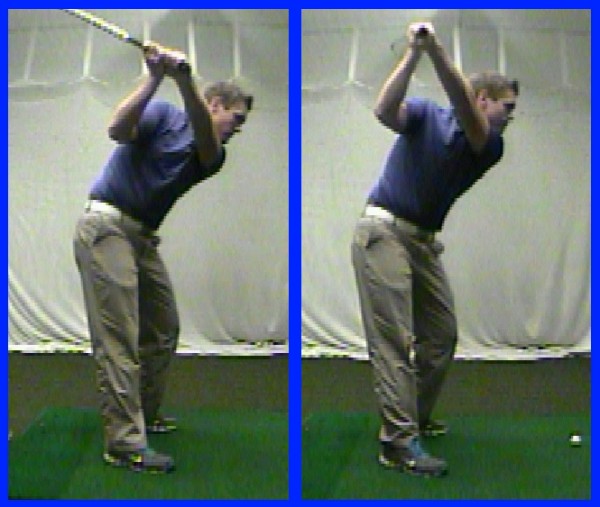



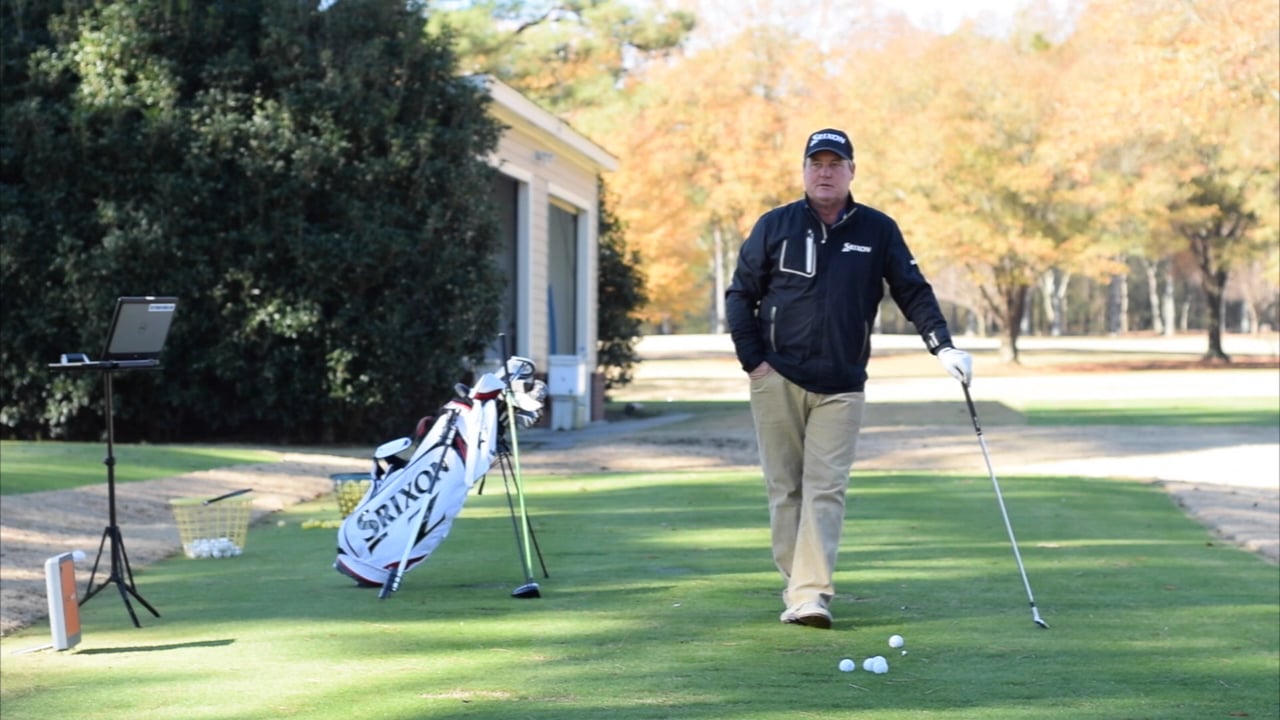
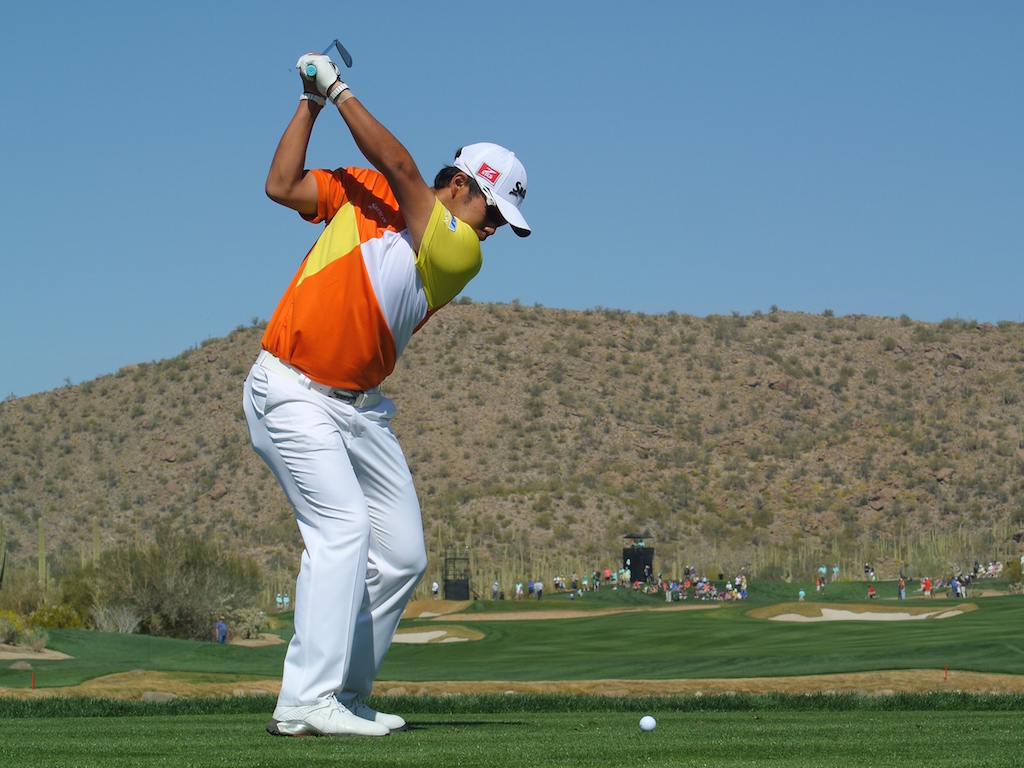
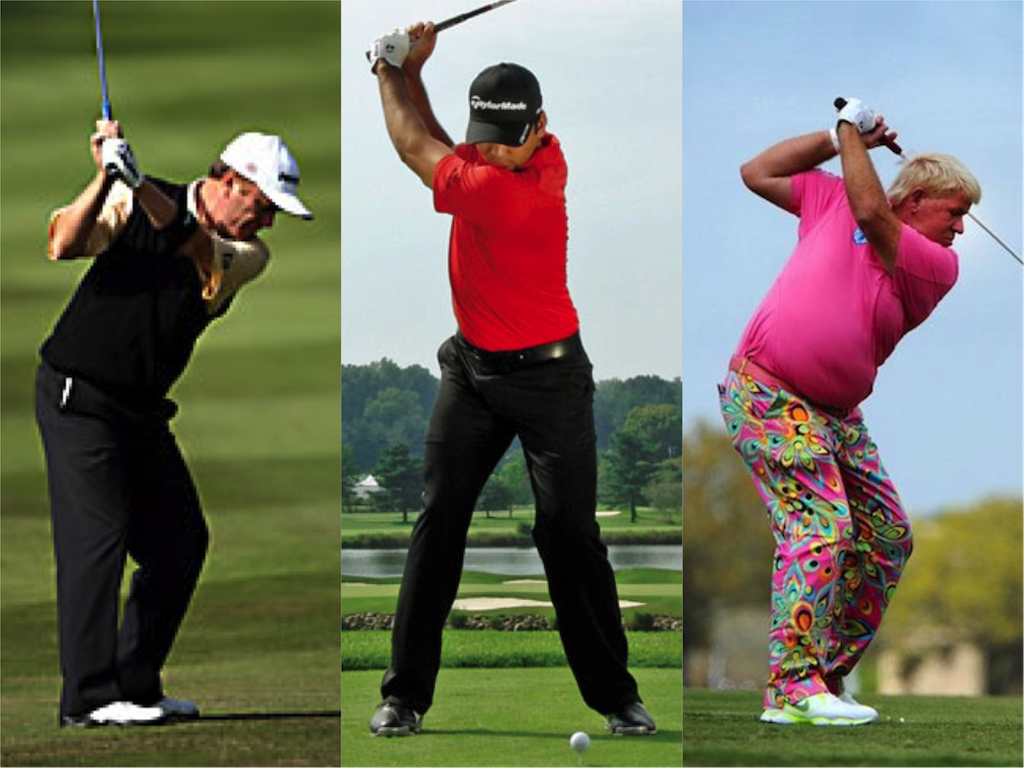













Josh
Mar 11, 2015 at 3:27 pm
So if you have a backswing that lacks the “depth” you talk about in the article, would it be better to place a cut?
I don’t know that I can get my swing to have anymore depth
HawkeyeDan
Feb 1, 2015 at 3:30 pm
Scott, does your grip affect how this all starts? I.e. Start the chain reaction?
Roger
Jan 31, 2015 at 8:45 pm
Good read. Hard to hit from the inside enough if you’re hand are way outside at the top. I will say however, when my swing goes off the rail I start missing right. The first thing I check (or need to be reminded by my coach), and what I think everyone who wants to move the ball left to right needs to fix first is the club face. If you’re open at the top and you’re open coming down, there’s a very good chance you’ll come over the top because your subconscious knows that ball is going hard right otherwise. For me this involves strengthening my grip until I’m hitting hard hooks, even snap hooks. Once I know the face is closing/rotating properly, then I can start swinging more and more from the inside until the flight goes from a hook to a draw.
Mike
Jan 31, 2015 at 4:40 pm
Not a very good read. I have a buddy who takes the club way outside on the take away and hits the most beautiful little draw time after time.
Scott Yurgalevicz
Jan 31, 2015 at 5:01 pm
Mike, Thanks for the constructive feedback. As stated in the article and in my comment below…….”Don’t get me wrong. There are many ways to swing a golf club — and proof of this is seen every week on the PGA Tour — but I continually see amateur golfers misconstrue the importance of what I call “depth” in their backswings”
Cheers,
Scott Yurgalevicz
Mike
Jan 31, 2015 at 11:01 pm
No hard feelings! You are a really good writer. And yes this is one of the more common flaws for a beginner. I just disagree with some of the things said.
-Mike
JR
Jan 31, 2015 at 9:10 pm
Someone obviously didn’t read or comprehend the article.
Todd H
Jan 31, 2015 at 3:15 pm
From this same view with the same lines, can’t we use this to evaluate how the weight is shifting or not shifting either towards the ball (toes) or away from the ball (heels)? I have a tendency to get on my toes and get off center contact, this view and having the line drawn up from the heels, showed me how I was moving my rear towards the ball on the downswing (sometimes resulting in a shank)…. Shouldnt the the weight stay centered in that regard?
On a positive note, the move described in the article regarding depth was right on, and I had plenty of depth.
Scott Yurgalevicz
Jan 31, 2015 at 5:05 pm
Todd, glad the article helps to at least check on your depth. Another good way to check for weight from heel to toe would be creating a box around your body in the down the line camera view the top right corner being your head and extending it down to the bottom left just beyond your heels and in line with your butt.
Ponjo
Jan 31, 2015 at 1:35 pm
Hi Scott. Am I right in assuming that as you take the club away the left shoulder dips. This prevents the arms/hands climbing up. Thanks
Scott Yurgalevicz
Jan 31, 2015 at 5:02 pm
I wouldn’t say the shoulder dips…..more of a tilting rather than dipping. Tilting on an axis should create an equal amount of depth and height in the backswing. Thanks Ponjo!
Scott Yurgalevicz
Jan 31, 2015 at 12:34 pm
Just as an FYI, There are a lot of ways to hit a draw but for the average golfer/slicer/fader, this CAN help. There are other things that need to be considered but this can def make a difference.